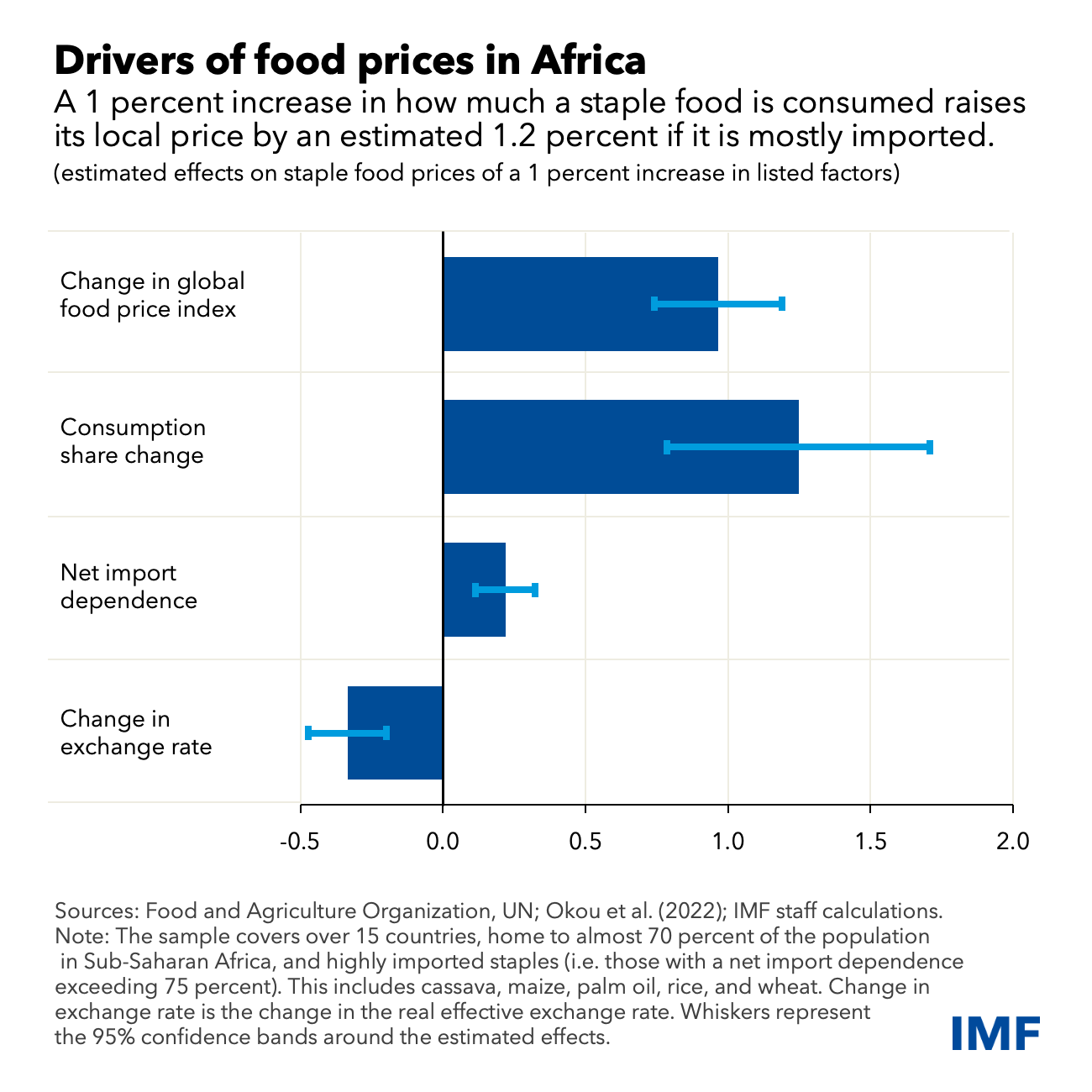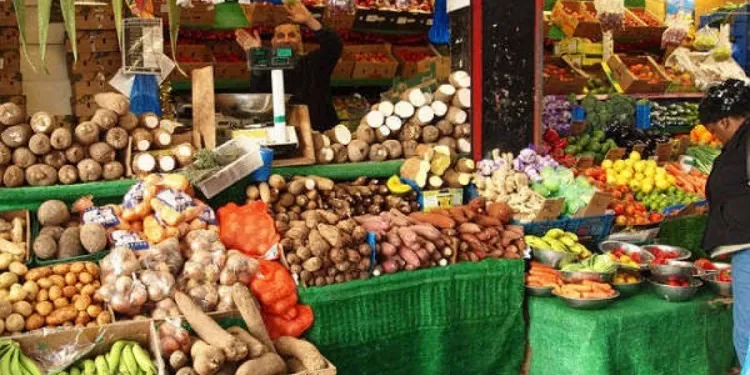Staple food prices in sub-Saharan Africa surged by an average 23.9 percent in 2020-22—the most since the 2008 global financial crisis. This is commensurate to an 8.5 percent rise in the cost of a typical food consumption basket (beyond generalized price increases). Global factors are partly to blame. Because the region imports most of its top staple foods—wheat, palm oil, and rice—the pass-through from global to local food prices is significant, nearly one-to-one in some countries.
Related article - Top 5 Problems With Blockchain Everyone Should Be Aware of
Prices of locally sourced staples have also spiked in some countries on the back of domestic supply disruptions, local currency depreciations, and higher fertilizer and input costs. In Nigeria for example, the prices of both cassava and maize more than doubled even though they’re mainly produced locally. In Ghana, prices for cassava escalated by 78 percent in 2020-21, reflecting higher production costs and transport constraints, among other factors.

Using price data from 15 countries on the five most consumed staple foods in the region (cassava, maize, palm oil, rice, and wheat), we find that in addition to global food prices, net import dependence, the share of staples in food consumption, and real effective exchange rates drive changes in local staple food prices. Of these, the consumption share of each staple has the largest price effect. This is due in part to income. Better-off households can afford a wider range of foods, but for the poor there are very few substitutes for staples, which make up nearly two-thirds of their daily diet.




